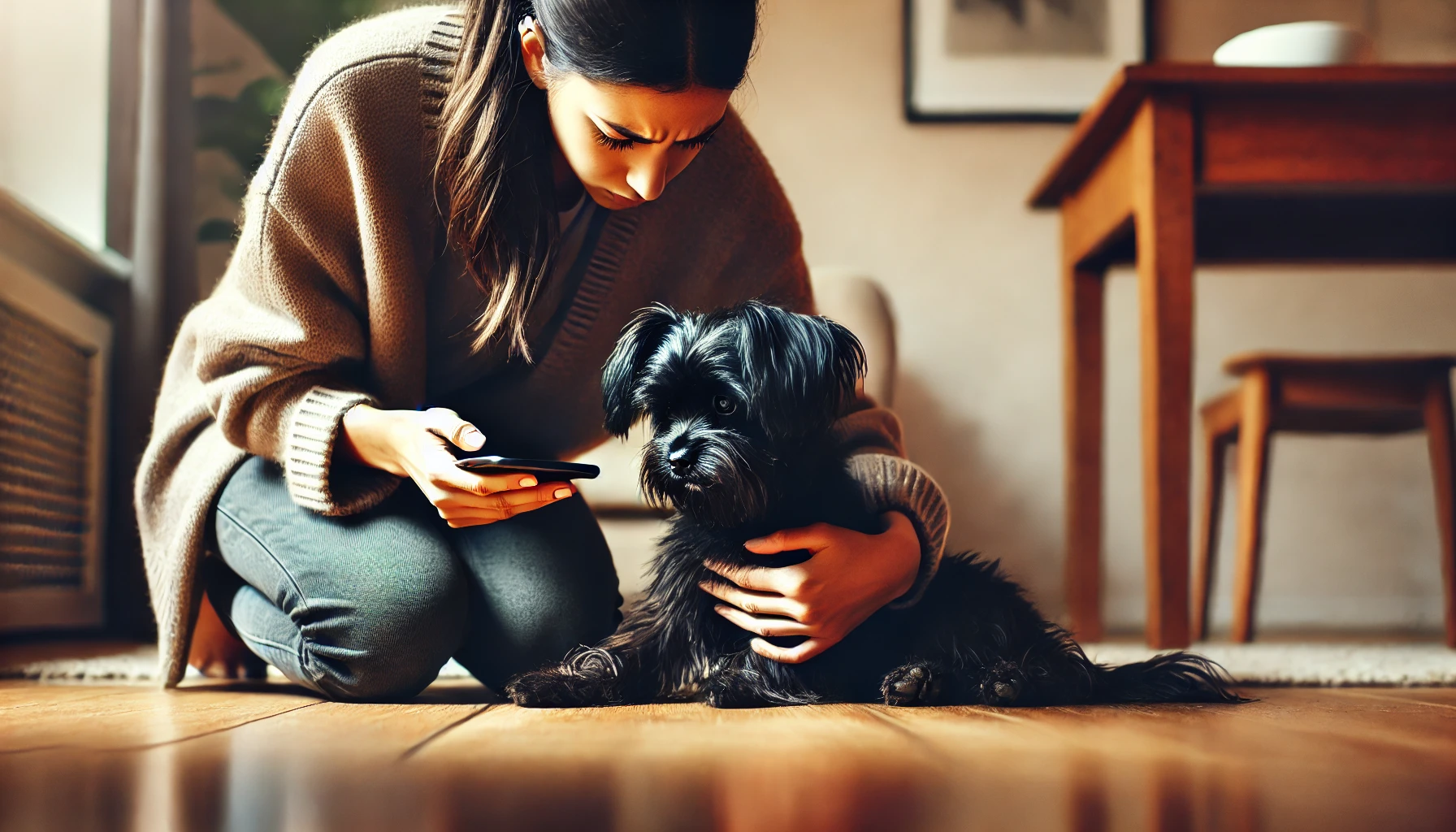Dogs are curious by nature. They sniff, chew, and sometimes swallow things they shouldn’t. Whether it’s a toy, a sock, a bone, or a piece of chocolate, dogs can find themselves in serious trouble when they ingest something harmful. As a dog owner, knowing what to do in these critical moments can help you stay calm and act fast—but it’s also essential to understand your limits and when to seek professional veterinary help.
In this article, you’ll learn the most common dangerous items dogs may swallow, what signs to look out for, and most importantly, what to do (and not to do) in these situations. Remember, this is not a substitute for veterinary care—when in doubt, always call your vet.
1. Common Dangerous Items Dogs May Swallow
Dogs explore the world with their mouths, which means many everyday objects can become a serious threat. Some of the most common dangerous items include:
✔ Foreign objects: socks, underwear, string, toys, rubber balls, coins
✔ Sharp objects: pieces of wood, skewers, plastic fragments, broken glass
✔ Bones: especially cooked bones that can splinter inside the digestive system
✔ Toxic foods: chocolate, grapes, raisins, onions, garlic, xylitol (artificial sweetener)
✔ Household items: batteries, medications, cleaning products, cosmetics
✔ Garden dangers: mulch, fertilizers, toxic plants, pesticides
Even small objects can become a choking hazard or cause intestinal blockage. That’s why it’s so important to keep anything dangerous out of your dog’s reach.
2. Signs Your Dog May Have Swallowed Something Harmful
Sometimes, you’ll catch your dog in the act. Other times, you may not know something is wrong until they start showing symptoms. Stay alert for these common signs:
✔ Choking, gagging, or coughing
✔ Vomiting or attempts to vomit
✔ Excessive drooling or licking lips
✔ Lack of appetite or refusal to eat
✔ Lethargy or signs of discomfort
✔ Pawing at the mouth
✔ Abdominal pain or bloating
✔ Constipation or diarrhea
✔ Behavioral changes, restlessness, or whining
If you notice any of these symptoms—especially if they appear suddenly—contact your veterinarian right away.
3. Don’t Panic, But Act Fast
In emergencies, staying calm helps you think clearly. If your dog has swallowed something harmful:
✔ Remove any remaining object or material from their mouth if it’s safe to do so
✔ Don’t try to induce vomiting unless your vet instructs you to—it can be dangerous depending on what your dog ingested
✔ Don’t give food, water, milk, or oils trying to dilute the substance—that could make things worse
✔ Check the label or package of whatever was swallowed (if applicable), and have that information ready for the vet
✔ Call your vet or emergency animal clinic immediately
✔ If you have pet insurance, keep those details handy in case of emergency care
Time is critical. A prompt phone call or visit to the clinic can prevent complications.
4. When You Should Go to the Vet Immediately
Even if your dog seems “fine” after swallowing something, certain situations require immediate veterinary attention:
✔ Swallowed sharp objects (e.g. skewers, pins, glass)
✔ Swallowed toxic substances (e.g. chocolate, medications, cleaning products)
✔ Signs of choking or trouble breathing
✔ Evidence of abdominal bloating or severe pain
✔ Known ingestion of batteries, corn cobs, string, or bones
✔ Vomiting blood or passing bloody stools
These are not situations to monitor at home. Only a trained veterinarian can assess the severity and provide safe treatment—whether it’s X-rays, endoscopy, or emergency surgery.
5. What Not to Do
In moments of panic, it’s easy to make well-meaning mistakes. Avoid these common but risky actions:
✘ Don’t force your dog to vomit using hydrogen peroxide or salt without veterinary supervision
✘ Don’t delay treatment hoping your dog will “pass” the object naturally
✘ Don’t search for random remedies online—many are unsafe
✘ Don’t administer human medications trying to ease discomfort
Some substances or objects can cause more damage coming back up, and others may react poorly with improvised remedies.
6. How Vets Typically Handle Ingestion Emergencies
Your veterinarian will assess the situation based on:
✔ What your dog swallowed
✔ How long ago the ingestion occurred
✔ Your dog’s size, breed, and medical history
✔ Current symptoms and physical examination
They may perform:
✔ X-rays or ultrasounds to locate the object
✔ Induced vomiting (only if safe)
✔ Endoscopic removal
✔ IV fluids and supportive care
✔ Surgery in more severe or obstructed cases
These procedures are safe when done professionally—so getting help quickly increases the chance of a full recovery.
7. How to Prevent These Accidents in the Future
Prevention is the best medicine. Here’s how to minimize the risk of your dog swallowing something dangerous:
✔ Keep small or dangerous items out of reach, especially food, toys, socks, and medications
✔ Supervise playtime, especially with chew toys
✔ Use trash cans with secure lids
✔ Store cleaning products and chemicals in locked cabinets
✔ Train your dog with the “leave it” and “drop it” commands
✔ Avoid giving cooked bones or small rawhide pieces as treats
Accidents can still happen, but these steps can make your home much safer.
Final Thoughts
Watching your dog swallow something dangerous is frightening—but knowing how to respond makes all the difference. While it may be tempting to treat it at home, ingestion of foreign or toxic objects should always be taken seriously.
✔ Know the signs and act quickly
✔ Avoid dangerous home remedies
✔ Call your vet or emergency clinic without delay
✔ Don’t assume your dog is okay just because symptoms aren’t obvious yet
✔ Take steps to dog-proof your home and monitor their environment
Important: This article is for educational purposes only. Always consult a licensed veterinarian immediately if you suspect your dog has swallowed something harmful.
Your fast action, combined with professional veterinary care, can protect your dog from serious harm—and keep those wagging tails safe and happy for years to come.
